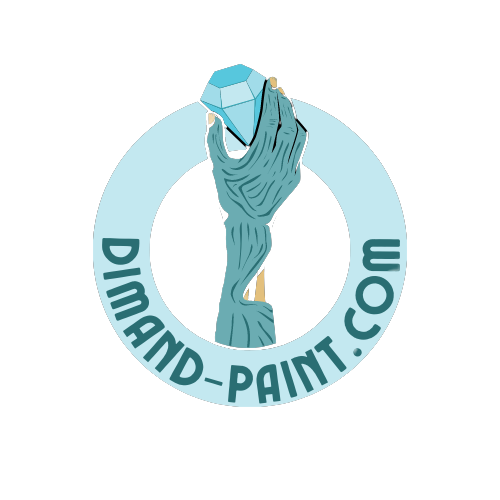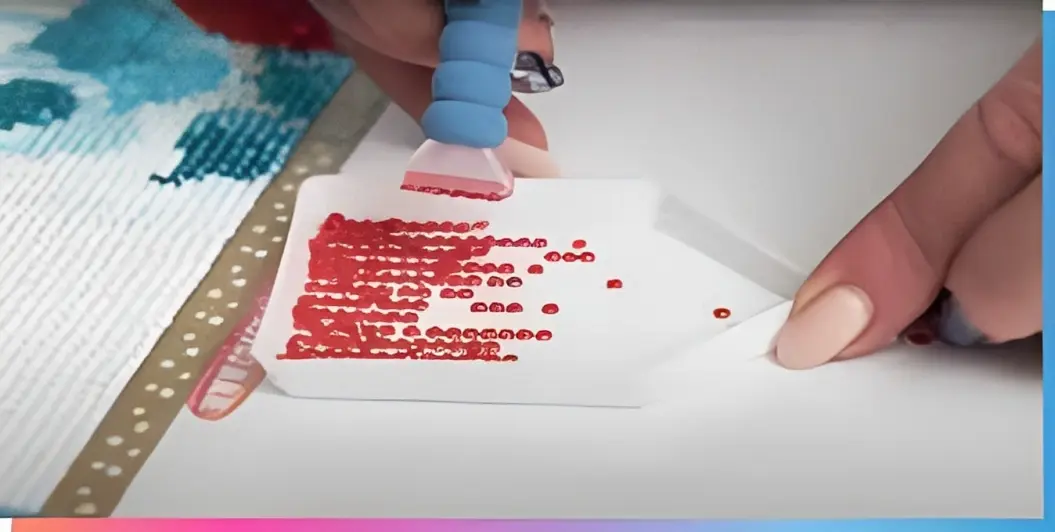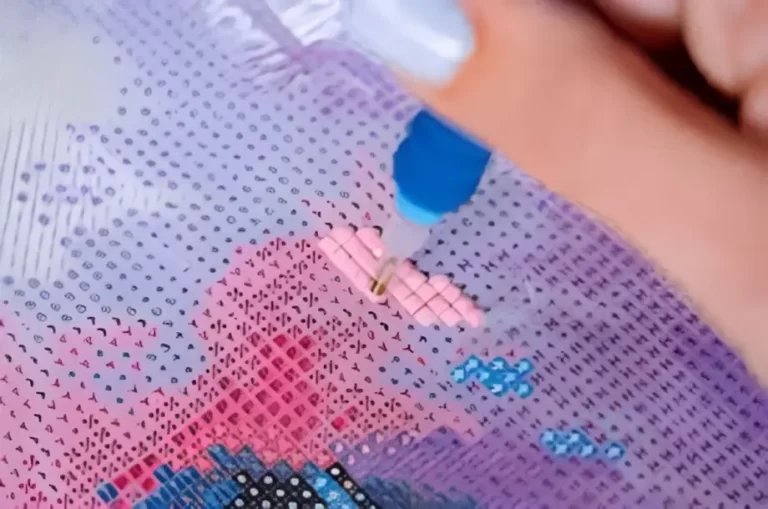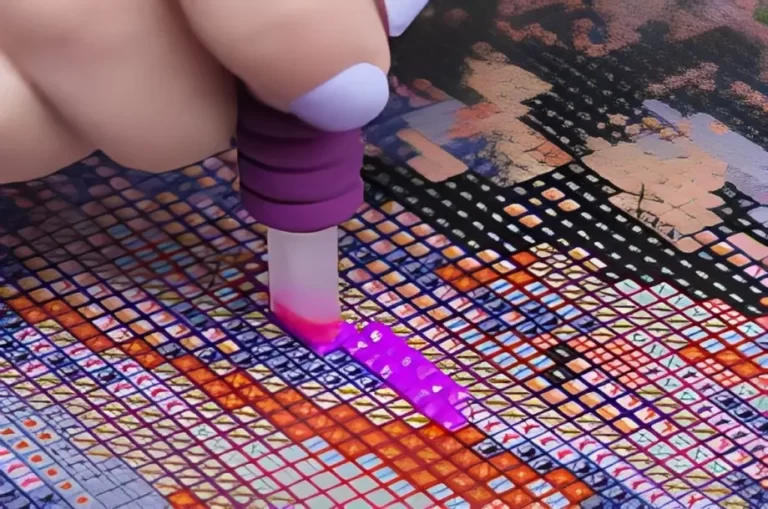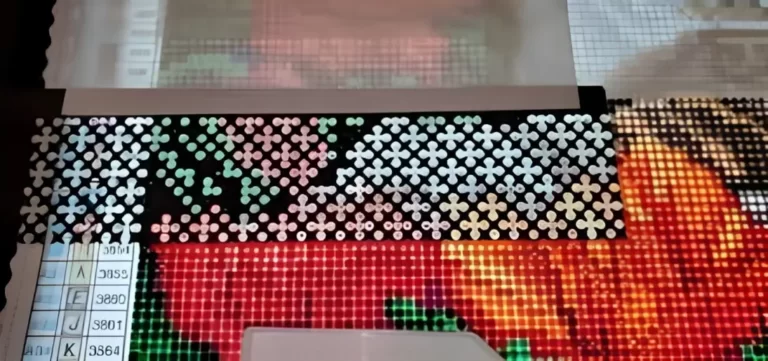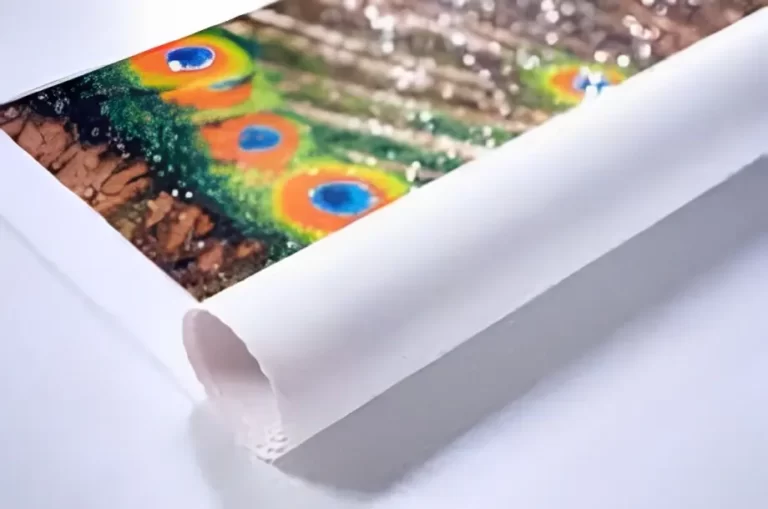Diamond Painting Tips for Working with Limited Mobility or Dexterity?
Diamond painting is a captivating and soothing craft that has gained immense popularity in recent years. It involves placing tiny resin diamonds onto a canvas, creating stunning mosaic-like artworks. However, for individuals with limited mobility or dexterity challenges, the joy of diamond painting can sometimes be accompanied by unique obstacles. In this article, we’ll delve into effective strategies and techniques to empower those facing such challenges to fully enjoy the world of diamond painting.
Understanding Diamond Painting
Before we dive into the tips, let’s briefly understand what diamond painting entails. It’s a meditative art form that combines elements of paint by numbers and cross-stitch. With each diamond meticulously placed, a beautiful image gradually emerges. Individuals with limited mobility or dexterity might experience difficulties in handling the small diamonds, tools, and maintaining precision during the process.
Creating an Accessible Workspace
The foundation of a successful diamond painting experience lies in setting up an accessible and comfortable workspace. Choose a flat surface at a comfortable height, ensuring your arms and hands are well-supported. Adequate lighting is crucial to prevent strain. For those with mobility challenges, consider using a height-adjustable table or a lap desk to achieve an optimal setup.
Choosing the Right Kit
Selecting the right diamond painting kit is essential. Opt for kits with larger diamonds, as they are easier to handle. Look for kits that provide clear patterns and adhesive that remains strong while allowing repositioning. If your mobility is limited, kits with pre-printed adhesive patterns can save time and effort.
Prepping Diamonds and Tools
Organizing your diamonds and tools before you start is a valuable step. Use resealable bags or compartmentalized containers to sort diamonds by color. This organization makes it easier to locate the right diamond without excessive movement. Invest in adaptive tools such as ergonomic pens or styluses designed to reduce strain on the fingers and wrists.
Using Adaptive Tools
Adaptive tools can greatly enhance the diamond painting experience for individuals with limited mobility or dexterity challenges. Ergonomic pens with soft grips provide better control and reduce strain. Grippers can assist in picking up and placing diamonds effortlessly. Experiment with different tools to find the ones that suit your needs best.
Diamond Placement Techniques
Precision is key in diamond painting, but it doesn’t mean you have to sacrifice comfort. Experiment with various diamond placement techniques that work well for you. Gentle tapping or sliding motions can be easier on the hands and joints compared to pressing down hard. If a tweezer is easier to handle than a pen, feel free to use it.
Managing Fatigue and Discomfort
Diamond painting sessions can be time-consuming, so it’s crucial to manage discomfort and fatigue. Incorporate stretching exercises to keep your hands and fingers nimble. Take breaks to rest your hands and wrists. Listen to your body and adjust the frequency and duration of your sessions accordingly.
Working with Partial Drills
Partial drill diamond paintings provide a great option for individuals looking for a balance between creativity and ease. These paintings involve placing diamonds only in certain areas, making them ideal for those with limited mobility. You can create beautiful pieces while focusing on areas that are more accessible for you.
Utilizing Color Codes
Diamond painting patterns come with color codes to guide you. Highlight the codes using markers or stickers for quick identification. This technique reduces the need to constantly refer to the legend, making the process smoother for those with limited mobility.

Customizing Patterns
Feel free to customize patterns to suit your comfort level. Simplify intricate designs by working on smaller sections at a time. Adapt patterns to match your preferred color palette, making the process more enjoyable and tailored to your abilities.
Group and Community Participation
Engaging with diamond painting communities and groups can be incredibly rewarding. Connect with fellow enthusiasts who understand your challenges and share tips for success. These groups offer a supportive environment where you can learn from others and showcase your progress.
Embracing the Process
Diamond painting is not just about the end result; it’s about the journey. Embrace the process, focusing on the therapeutic aspects of the craft. Celebrate your progress, regardless of the pace. Each diamond placed is a step towards creating a beautiful masterpiece that reflects your dedication and creativity.
Sealing and Displaying Finished Artwork
Once your diamond painting is complete, take steps to preserve its beauty. Applying a sealant not only enhances the vibrancy of the diamonds but also adds a protective layer. Choose a sealant specifically designed for diamond paintings and follow the instructions carefully. After sealing, consider framing your artwork to showcase your accomplishment.
Conclusion
Embarking on a diamond painting journey with limited mobility or dexterity challenges may require some adjustments, but the rewards are immeasurable. By creating an accessible workspace, utilizing adaptive tools, and embracing a supportive community, you can immerse yourself in the captivating world of diamond painting. Remember, this art form is about self-expression, mindfulness, and the joy of creation.
